Created by its Newspapers
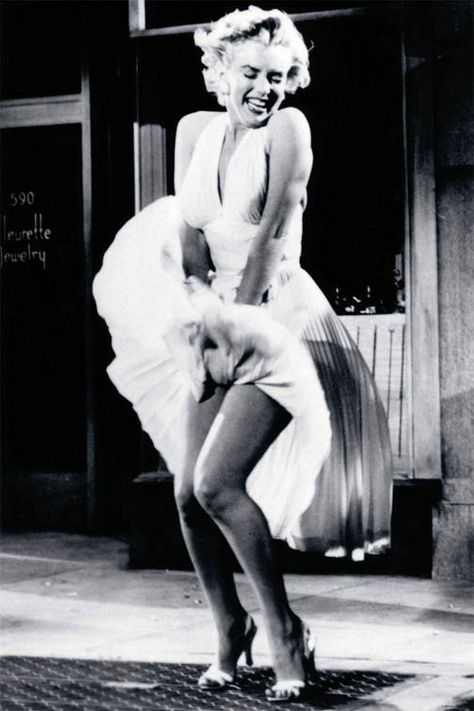
From the film “The Seven Year Itch”
It is not simply afterglow that makes New York in the fifties seem so exciting. The city was then truly rich: the wealthy were rich, the working people were rich, the municipality was rich…a time and place to be pinned in memory…the beginning of a golden age, on the threshold of its great decade.
But the strange fluid decade of the fifties did not begin until halfway through Eisenhower’s first administration…And ended only in November1963, with the assassination of John F. Kennedy.
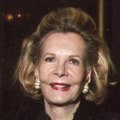
By Megan McKinney
The above are not my words. I patched them together from historian and political journalist Theodore H. White’s book In Search of History because they so completely captured my own thoughts and memories of the time and the place.
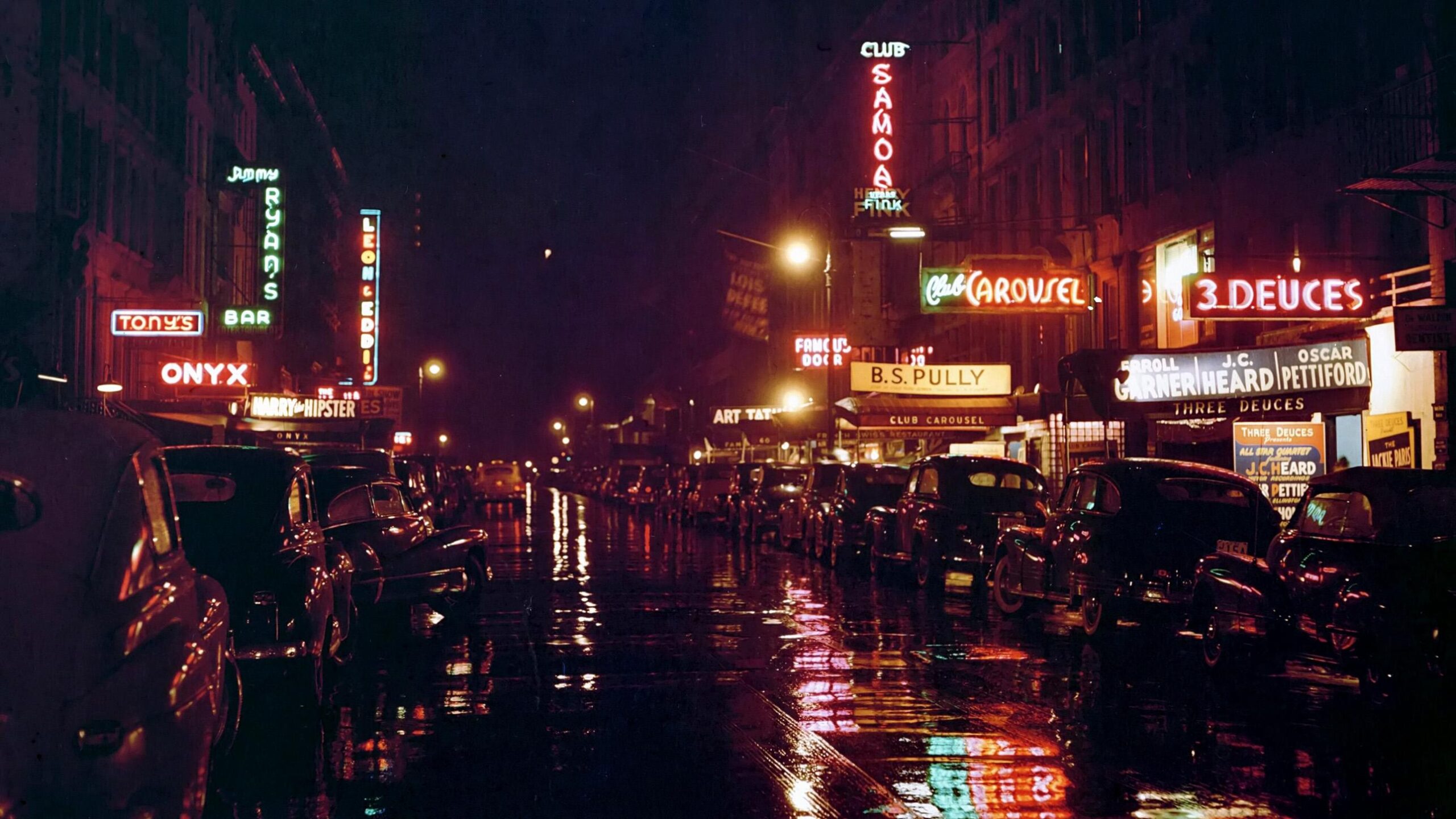
Jazz clubs on West 52nd Street in midcentury New York
It is a vanished world of Sherman Billingsley’s Stork Club, 52nd Street jazz clubs, the original productions of Broadway’s greatest theater, elegant street fashion, the mystique of Camelot. And seven newspapers a day.

Especially seven newspapers a day!
The content and attitude within those seven papers, of which at least one or more were incorporated into the daily life of virtually every New Yorker, was integral to a chemistry that produced the era’s allure.
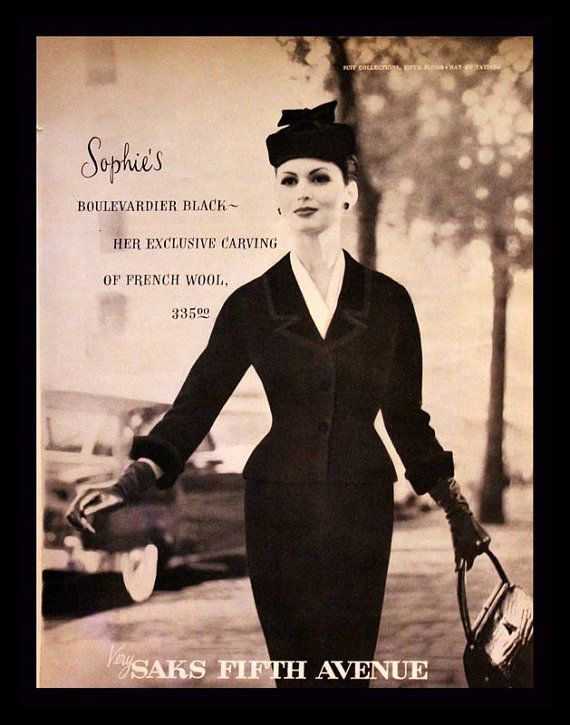
It is difficult for anyone existing in the multi-media torrent of twenty-first century daily life to imagine the power held by print journalism in the mid-twentieth century.
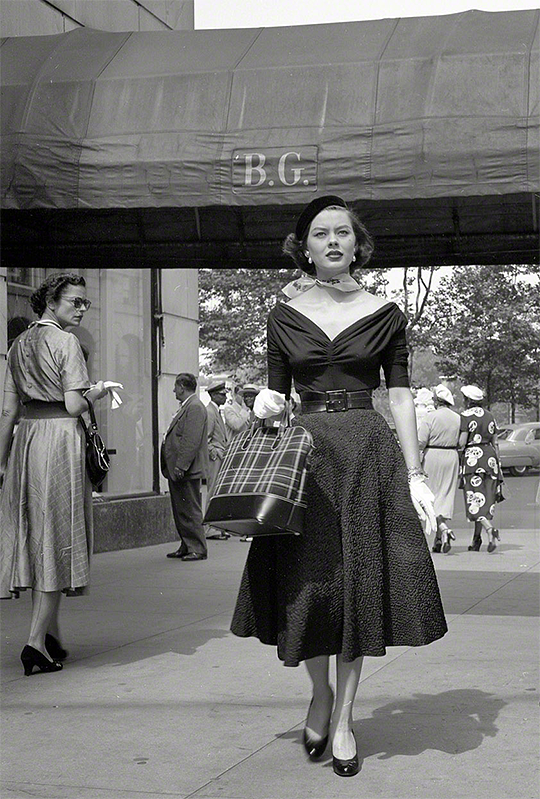
In Manhattan, newspaper advertising mirrored fashionable life and vice versa. And, as midcentury approached, the tabloids and other mass appeal newspapers were carrying a spectrum of columns that entertained readers, while informing them about the activities of celebrated show business and society figures—personalities with whom they were not acquainted, but sensed they were.
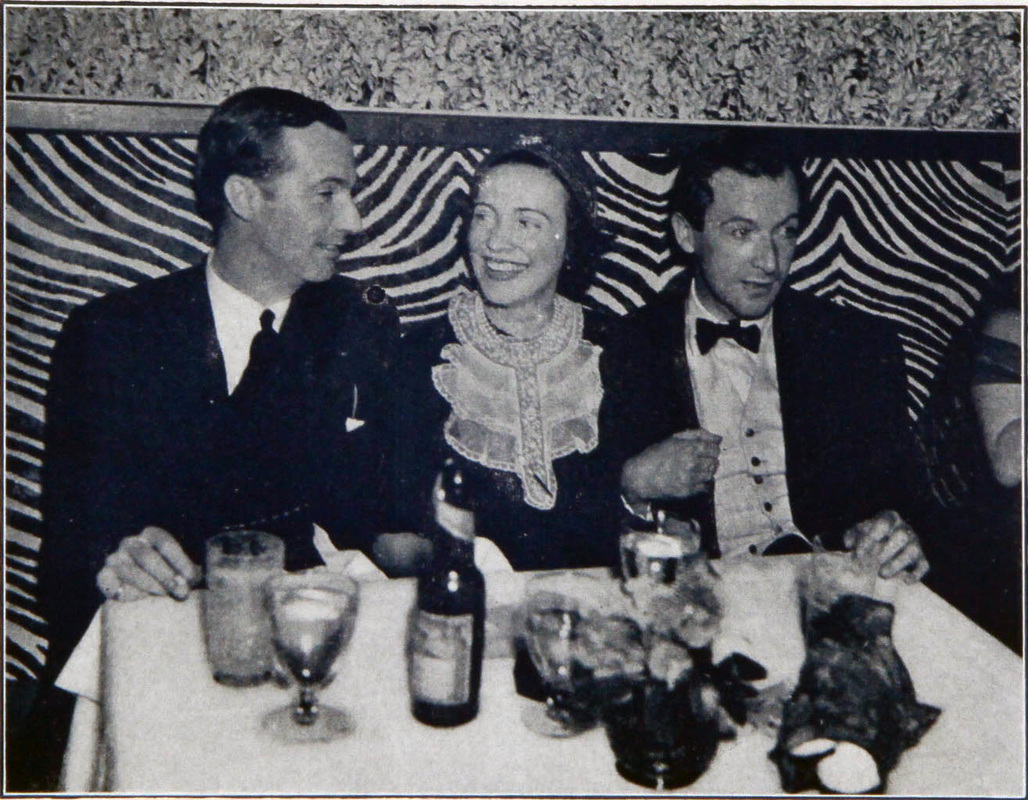 nickharvilllibraries.com
nickharvilllibraries.com
The vivid reporting and frequent repetition of this material was such that the reader felt included in a splendid milieu.
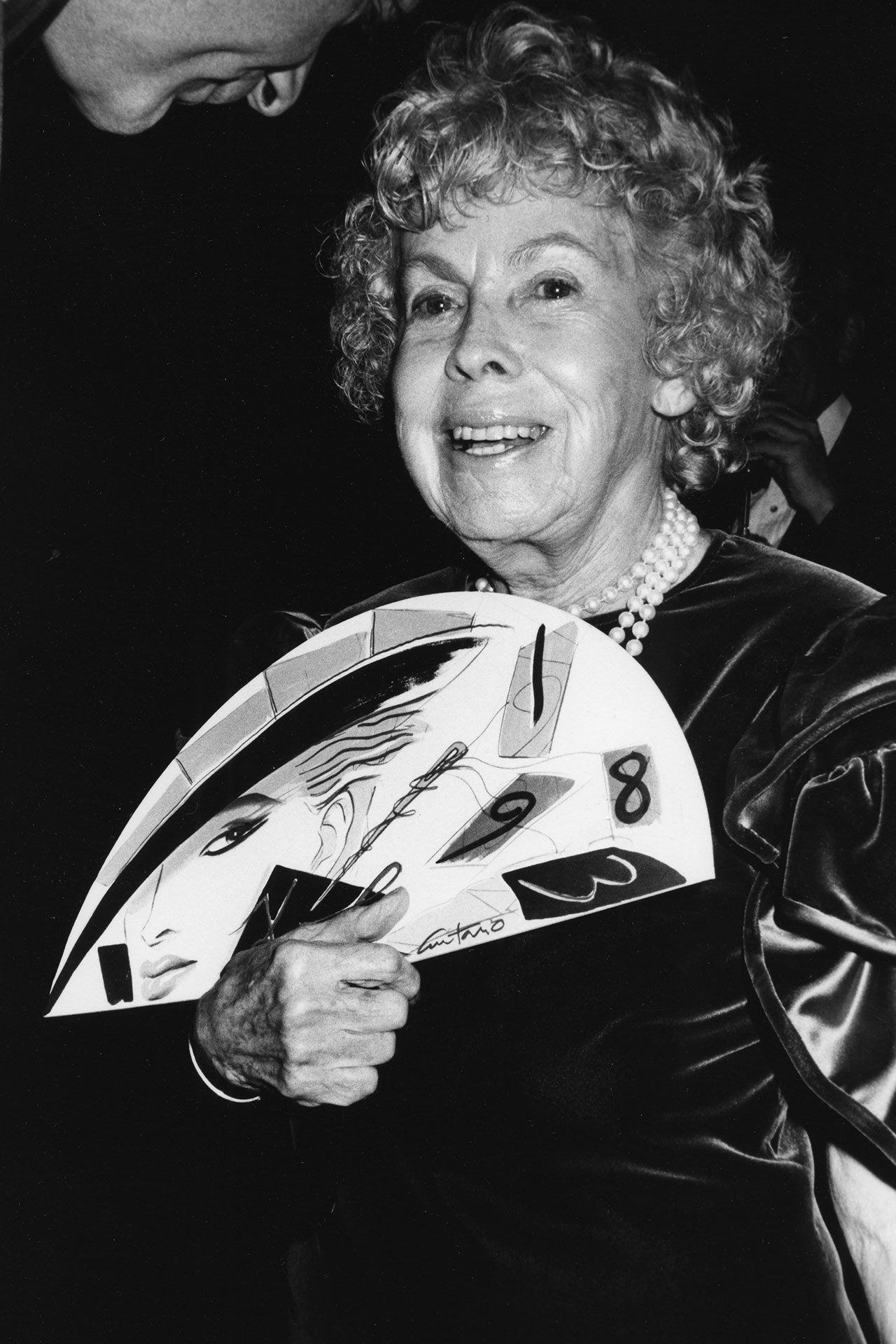
tatler.com
New York Herald Tribune fashion columnist Eugenia Sheppard at a fashion show
Although the two morning broadsheets—The New York Times and the New York Herald Tribune—eschewed columns covering gossip of the Broadway and society worlds, their vigorous theater reviews, along with a growing attention to fashion and high-end lifestyle produced a similar effect. There was a reciprocal between the city’s newspapers and glamorous world they covered. Press coverage of activities within commercial clubs, restaurants, the fashion world and performance arts was essential to the survival of those facilities and endeavors.
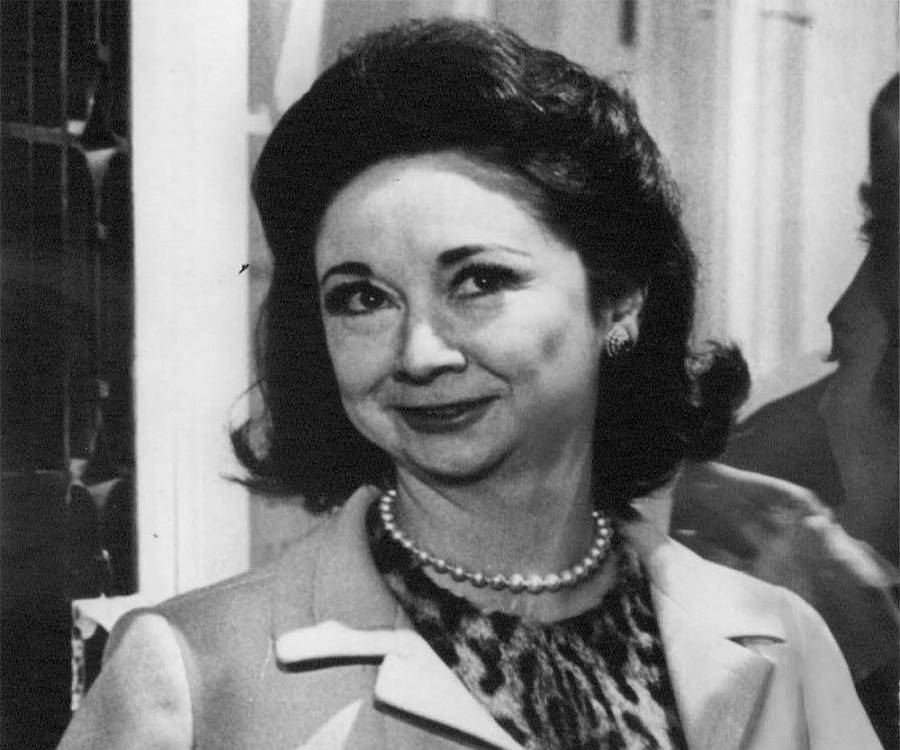
thefamouspeople.com
New York Journal-American columnist Dorothy Kilgallen
At the same time the material was compelling to readers, which fed circulation. And the healthy advertising revenue generated by the columns’ strong editorial anchors was vital to the newspapers’ existence.
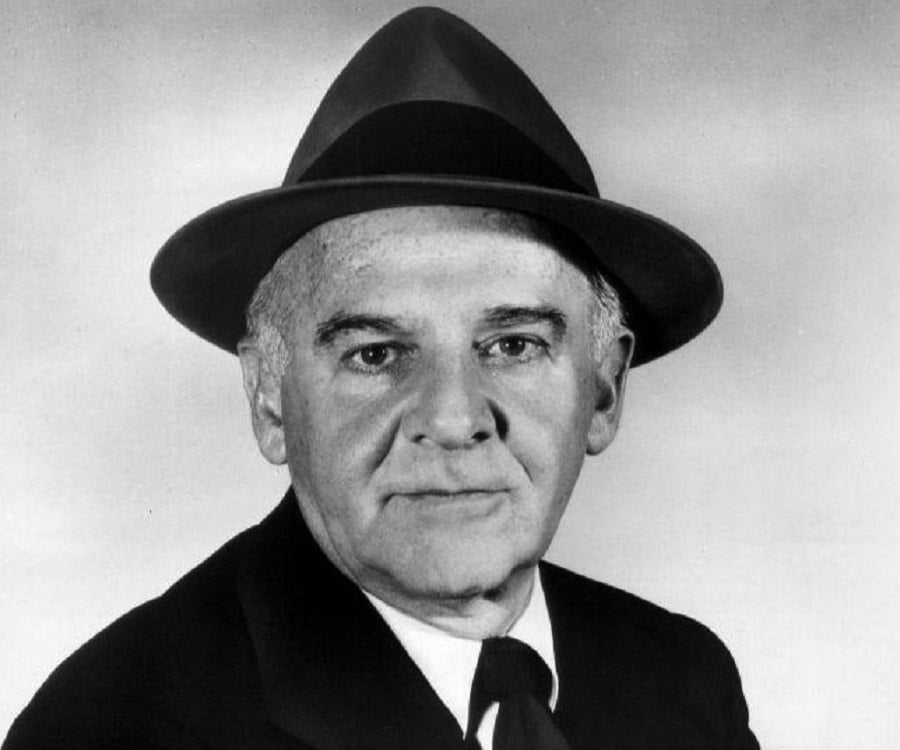
thefamouspeople.com
Syndicated columnist Walter Winchell
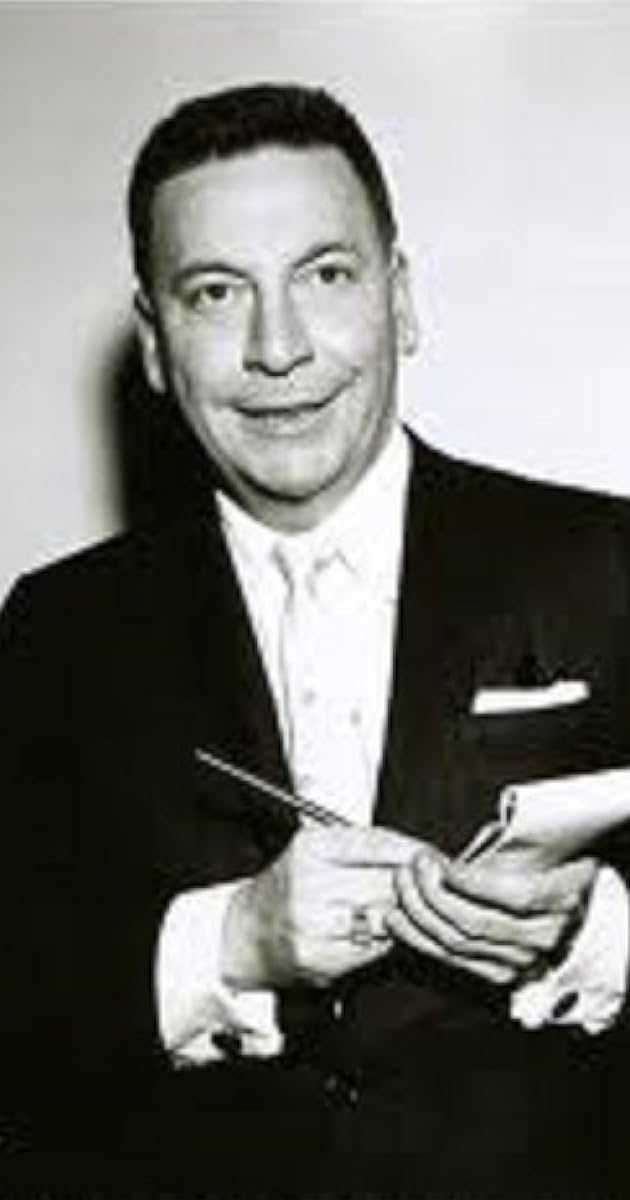
Earl Wilson, New York Post gossip columnist
Columnists became public figures. Ordinary people discussed Walter Winchell, Dorothy Kilgallen, Cholly Knickerbocker/Igor Cassini, Earl Wilson, Leonard Lyons and other writers as familiarly as they did the celebrities they covered.

findagrave.com
Igor Cassini aka New York Journal American’s Cholly Knickerbocker
And Jacqueline Kennedy’s wardrobe not only influenced the manner in which women of the era dressed and groomed, it also made a superstar of her designer Oleg Cassini, brother of “Cholly Knickerbocker” columnist Igor.
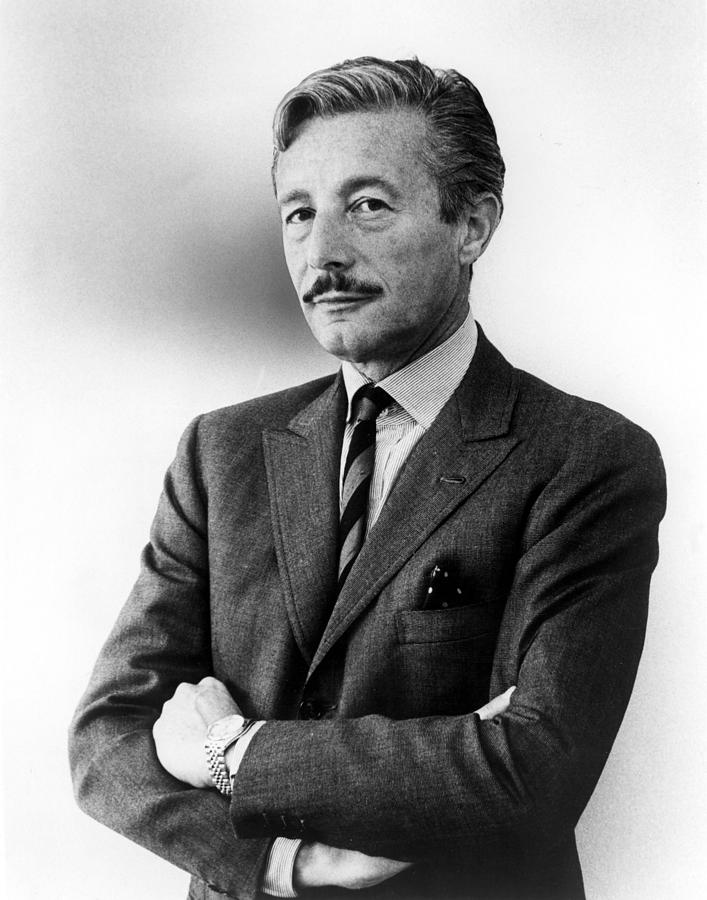
fineartamerica.com
Oleg Cassini
Author Photo: Robert F. Carl





